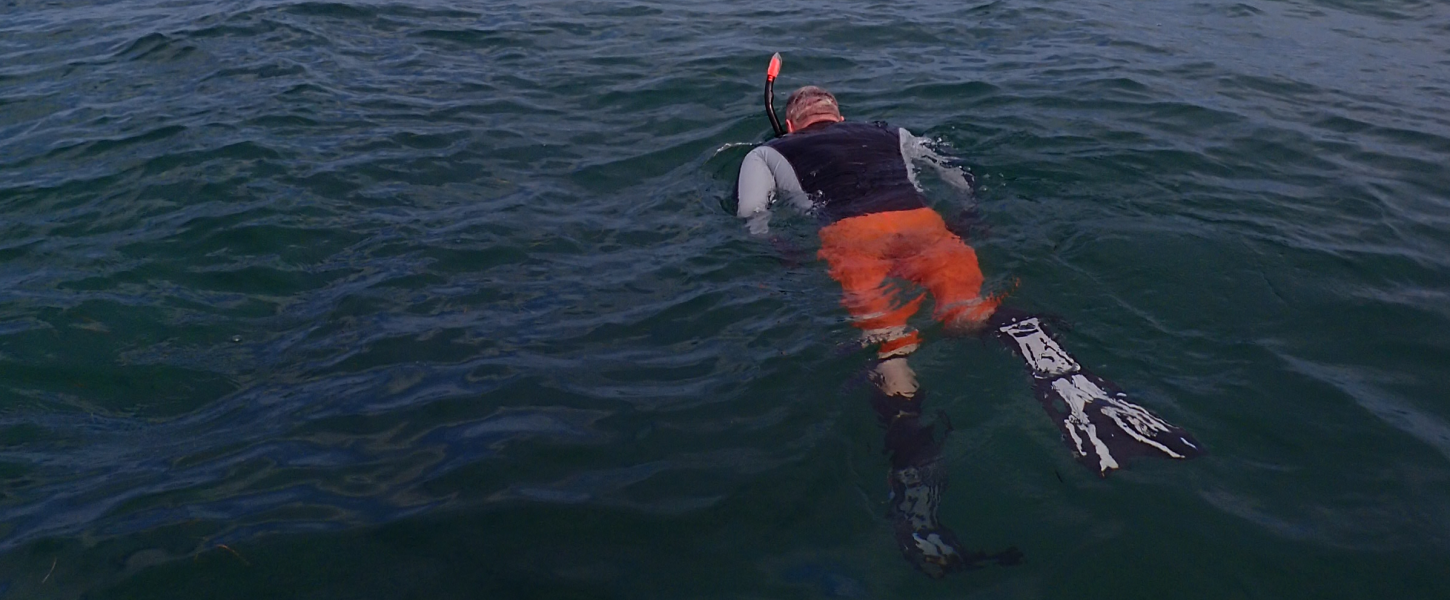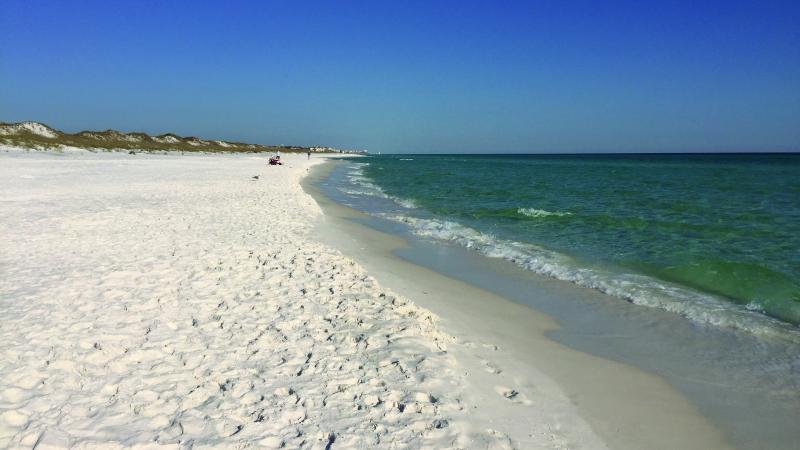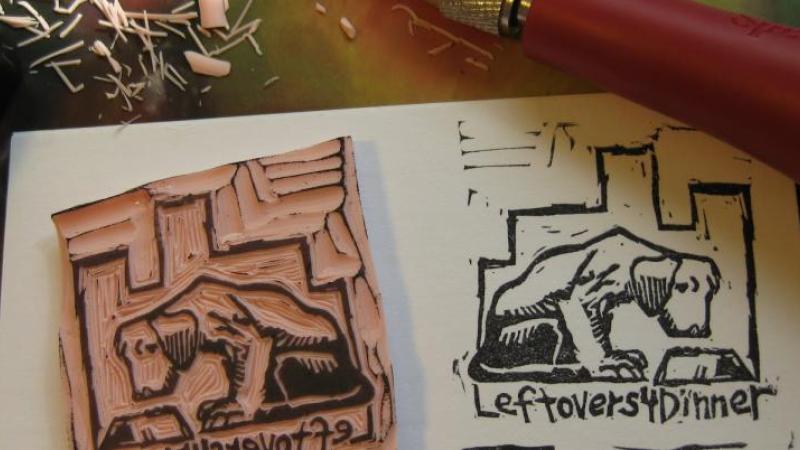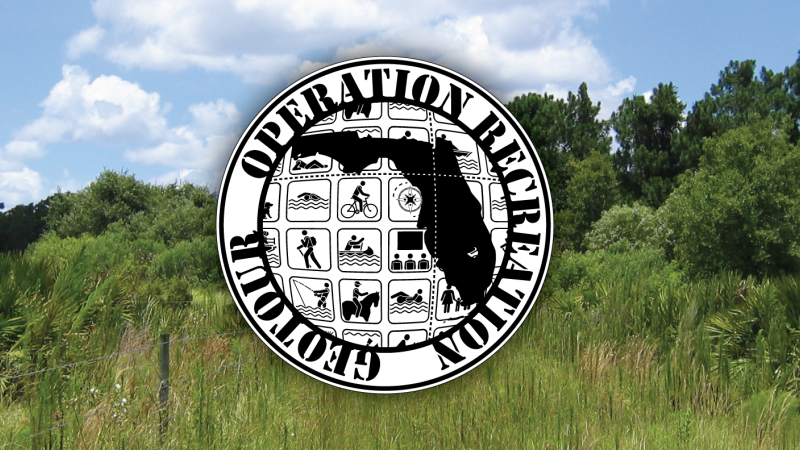
Snorkeling or Scuba Diving the San Pedro

Just about one mile off the southern tip of Indian Key Historic State Park lies one of the oldest shipwrecks in Florida. Swimming over the shipwreck, visitors can see soft and hard corals growing on the ballast stones and cannons. A multitude of fish, invertebrates and other marine life are attracted to this artificial reef structure.

The wreck of the 1733 San Pedro is easily accessible by boat and marked by several buoys making it one of the most visited sites along the 1733 Spanish Galleon Trail. Entering the cool water at the San Pedro, you swim toward the spar buoy that marks the location of the wreck. As you swim, you notice that the bottom changes from dense seagrass cover to white sand. Round smooth ballast stones become more abundant against the white sand background as you swim toward the center of the shipwreck. A few more fin kicks, and the first cannon comes into view.
The first thing you notice as you descend is the variety of fish swimming about. Hundreds of white and blue striped grunts are mixed with gray and lane snappers completely covering the large pile of ballast stones. As you approach the cannon you swim along its length to see what might be using it for cover. Where the cannon meets the sand, you notice many pale fish darting about. Moving very slowly you get a good look and identify several species of small gobies.
Nearing the end of the cannon you notice two long, spiny antenna protruding from the front of the cannon. A lobster has made its home in the end of the cannon!
As you continue exploring the wreckage, you notice that the ballast stones piles create the perfect habitat for eels and other secretive fish. Looking closer you find several eels using the rocks as cover until nightfall when they are most active. The San Pedro shipwreck is just one of many ships along the Spanish Galleon Trail.
More information can be found at the link below to create your own adventure for visiting the San Pedro and the other shipwreck sites.


